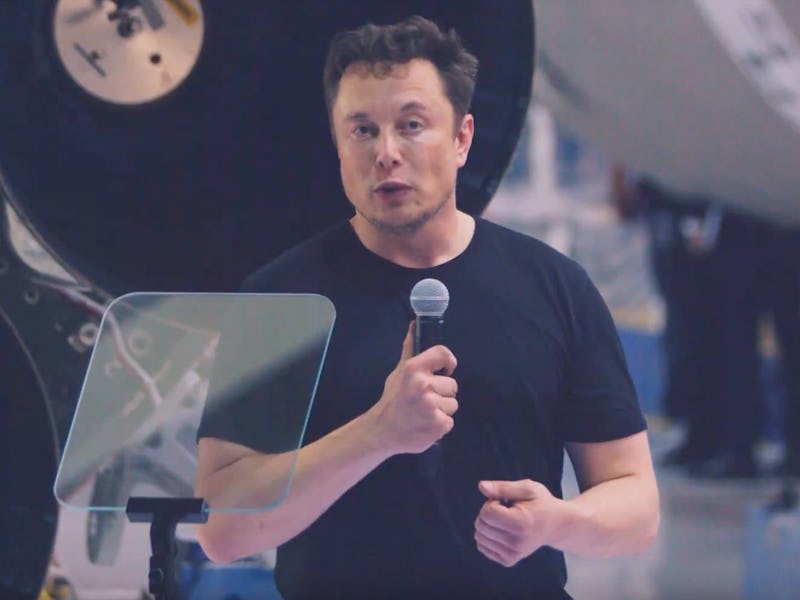
Elon Musk wants to transform humanity into a planet-hopping species, and SpaceX’s BFR rocket is the key to making this happen. At the company’s headquarters in Hawthorne, California, on Monday, the CEO detailed how Japanese billionaire Yusaku Maezawa has paid to fly using the rocket with a group of artists around the moon. Humans have visited the moon before, but the successful creation of the BFR could enable Musk’s grander plans.
Musk explained that “BFR is really intended as an interplanetary transport system that’s capable of getting from Earth to anywhere in the solar system as you establish propellant depots along the way.” Those final destinations could cover “Mars, Moon, maybe Venus, the moons of Jupiter, throughout the Solar System.” This ultimate goal taps into Musk’s wider motivations for the rocket: “There’s so many things that make people sad or depressed about the future, but I think becoming a space-faring civilization is one of those things that makes you excited about the future…that is the intent of BFR, is to make people excited about the future.”
The BFR at a refueling station.
See more: SpaceX Engineer Details Ambitious Plan to Build ‘Multiple Cities on Mars’
The BFR’s Raptor engines are designed with refueling in mind. At last September’s International Astronautical Congress, Musk explained how the engines use liquid oxygen and methane as a propellant, so by using a combination of water mining and carbon dioxide collection, scientists can set up propellant plants to create more rocket fuel and continue the journey. The rocket is designed for full reusability, and it’s capable of moving up to 100 metric tons with each refuel.
The system means humans can transport large amounts of resources far into the solar system and establish more permanent bases. Paul Wooster, principal Mars development engineer for SpaceX, explained earlier this month that the company plans to send supply BFRs to Mars before sending humans, establishing a propellant plant before ultimately expanding into a multi-city settlement, enabling scientists to conduct experiments on the history and geology of the planet.
It all starts with Maezawa’s moon mission, tentatively scheduled for a 2023 launch. Maezawa now plans to choose a group of people for his trip, before they undergo a rigorous training process ahead of the four-to-five-day mission.
The mission could seem rather standard in a few years from now.